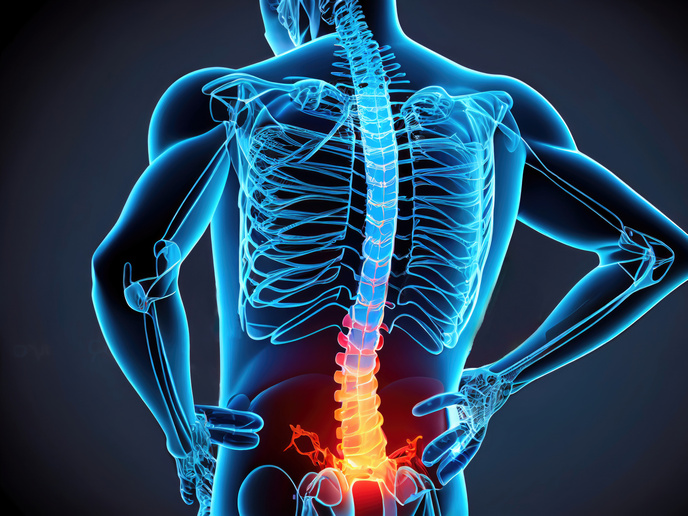Nano-scale neuromuscular implants
The neuromuscular junction, the connection between nerve cells (neurons) and muscle fibres in the peripheral nervous system, is an important target for prosthetics. Increasingly high-resolution, low-noise interfaces exploiting nanotechnology show promise for treatment of a wide range of dysfunctions due to neurodegenerative disorder or trauma. EU-funded scientists have achieved a milestone in the development of such interfaces with work on the project MERIDIAN(opens in new window) (Micro and nano engineered bi-directional carbon interfaces for advanced peripheral nervous system prosthetics and hybrid bionics). This innovative solution uses single electrode-single muscle fibre contact that is almost intracellular by inducing the neurons to engulf gold mushroom-shaped electrodes. The interfaces have enabled recording or stimulation at unprecedented resolution and signal-to-noise ratio. Striated muscle can therefore act as a bio-amplifier to outgoing motor central nervous system impulses that can be used in brain control prosthetics. The nanocrystalline diamond coatings that cover the 3D mushroom-shaped electrodes impart exceptional electrochemical properties, excellent mechanical and chemical stability, and biocompatibility. The diamond electrodes were tested in vivo in extraneural and intraneural devices. Surface functionalisation with peptides promoted engulfment by neurons. The electrodes were combined into microelectrode arrays and processed to enable flexible implants. Tests have been performed on intraneural self-opening intrafascicular neural interface (referred to as SELINE) electrodes implanted into the sciatic nerve of rats. Intraneural electrodes were used to deliver sensory feedback through neural stimulation in a below-elbow amputee. Moreover, chronic or long-term validation of a new micro-fabricated design of three-dimensional intraneural electrode showed potential for stimulation of chronic implants. MERIDIAN has also developed a planar regenerative electrode. It was inserted into tailored nerve guides, which, after being implanted, allowed the axons to regenerate through the channel over the electrode. The use of thin-film technology and novel technologies for delivering growth and neurotrophic factors via microspheres allowed construction of a device suitable for peripheral nerve applications. Novel electrodes for in vivo implants will be showcased in bi-directional and real-time bionic devices to treat urinary incontinence and to function in prosthetic hands. Nerve regeneration strategies will boost the impact of these prosthetics even more.







